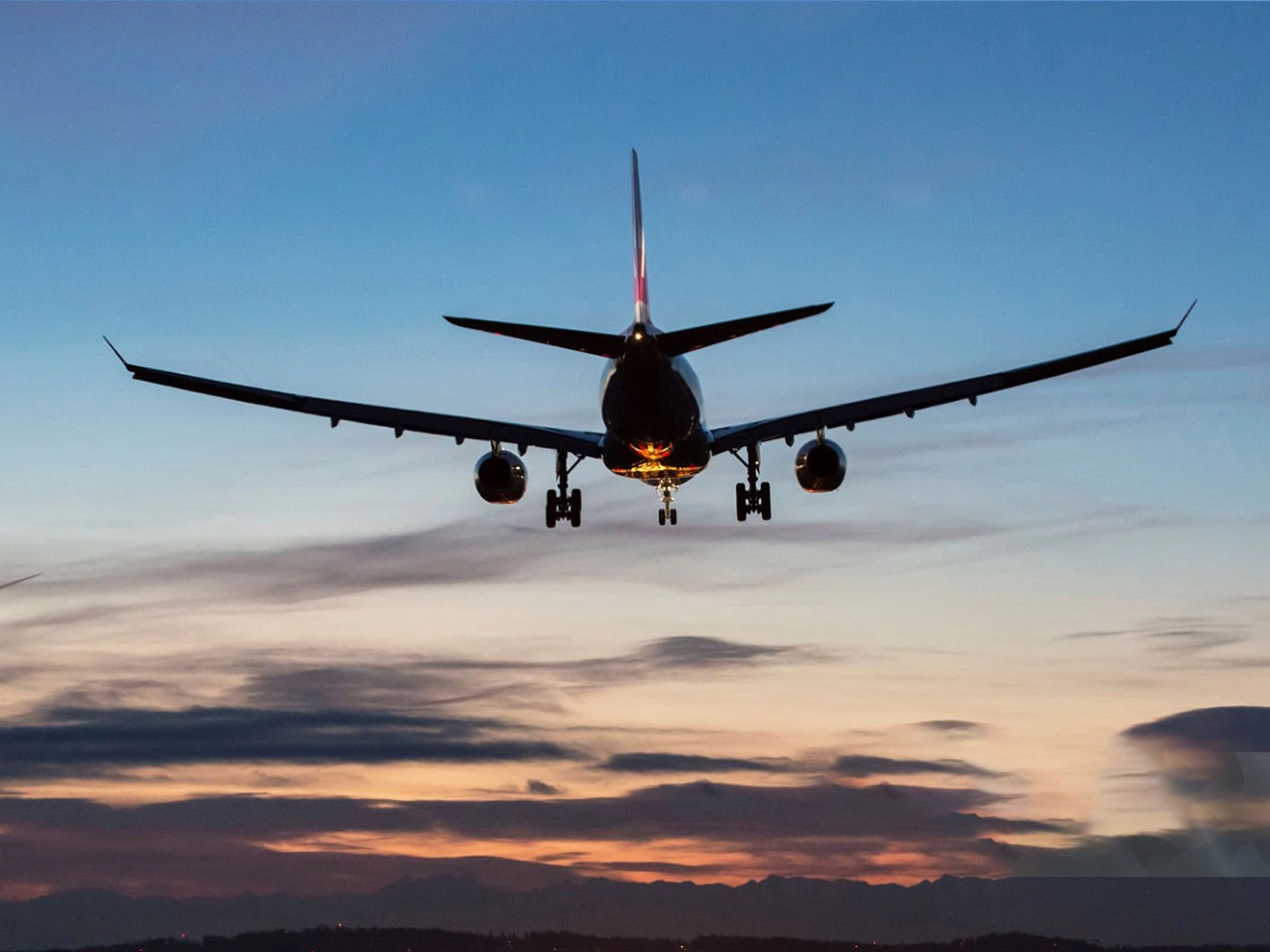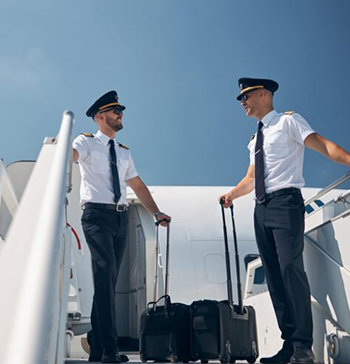
Pilot Training in Philippines For Japanese Students
Aspiring Japanese Pilots Take Flight in the Philippines: A Comprehensive Guide
The dream of navigating vast skies and conquering aviation challenges resonates with many aspiring pilots. For Japanese students, the Philippines has emerged as a popular destination for their pilot training journey, offering unique advantages and affordability. This article delves into the key aspects of Filipino pilot training for Japanese students, addressing common questions and concerns.
Why Aspire to Train Abroad?
Japanese students seek overseas pilot training for various reasons:
- Cost-Effectiveness: Training often costs significantly less compared to Japan, making it more accessible for many students.
- Faster Completion: Programs may offer condensed training schedules, allowing for quicker qualification acquisition.
- Diverse Training Environments: Exposure to varied weather conditions and airport types broadens their experience and adaptability.
- Cultural Immersion: Living and studying abroad fosters personal growth and intercultural understanding.
Why the Philippines?
The Philippines attracts Japanese students for several reasons:
- Affordability: Training costs are typically half or even less compared to Japan, making it a budget-friendly option.
- Quality Training: Accredited schools offer programs adhering to international standards and utilizing modern aircraft and facilities.
- English Proficiency: Training primarily occurs in English, aligning with international aviation requirements and easing communication.
- Culturally Familiar: Shared Asian values and closer cultural similarities compared to Western countries provide a sense of comfort and adaptation.
- Government Support: The Philippine government actively encourages international students to pursue pilot training in the country.
Top Destination? The Pros and Cons:
While the Philippines holds strong potential, becoming the top destination for Japanese students depends on several factors:
Pros:
- Cost-effectiveness remains a key advantage.
- Continuous infrastructure and training quality improvements are underway.
- The government actively promotes the aviation industry, attracting investments and partnerships.
Cons:
- Some schools might lack the brand recognition of established Western institutions.
- Weather patterns might offer less diversity compared to other regions.
- Career opportunities within the Philippines might be limited for foreign pilots.
Becoming a Pilot in the Philippines:
Yes, Japanese students can become pilots in the Philippines by meeting specific requirements:
- Hold a valid Japanese high school diploma or equivalent.
- Meet the minimum age requirement (usually 18 years old).
- Possess a Class 2 Medical Certificate issued by a Philippine Civil Aviation Authority (CAAP)-approved medical examiner.
- Demonstrate English proficiency through recognized tests like IELTS or TOEFL.
- Secure admission to a CAAP-accredited flight school and fulfill their specific requirements.
Want to find out more about our pilot courses?
Training Costs:
Costs vary depending on factors like program duration, chosen school, and aircraft types used. Expect a range of ₱400,000 – ₱1,500,000 (₱10,000 – ₱37,500 USD) for obtaining a Commercial Pilot License (CPL). Living expenses add to the overall cost.
Eligibility:
Beyond the basic requirements, individual flight schools might have additional eligibility criteria. Research schools thoroughly before applying.
Is the Philippines Right for You?
This depends on your individual priorities and circumstances. Consider the cost-effectiveness, training quality, cultural aspects, and your career aspirations. Researching individual schools and seeking guidance from experienced pilots or aviation professionals can help you make an informed decision.
Cheapest Option?
Cost isn’t the only factor to consider. While the Philippines might be cheaper than some countries, prioritize quality training and program suitability over pure cost.
Converting Your Philippines License:
Obtaining a Japanese license after training in the Philippines requires converting your license. This involves:
- Meeting Japanese Civil Aviation Bureau (JCAB) licensing requirements.
- Passing theoretical and practical flight tests conducted by JCAB-authorized examiners.
- Obtaining necessary endorsements or ratings specific to Japan.
Remember: Thoroughly research regulations, consult flight schools and aviation professionals, and prioritize quality training above all else. Your journey towards becoming a pilot starts with the right information and informed decision-making.
Additional Resources:
- Civil Aviation Authority of the Philippines (CAAP): https://caap.gov.ph/
- Japanese Civil Aviation Bureau (JCAB): https://www.mlit.go.jp/koku/15_hf_000035.html
- Aircraft Owners and Pilots Association (AOPA) Philippines: https://www.philstar.com/tags/aircraft-owners-and-pilots-association-philippines
Free Career Guide

Want to find out more about our pilot courses?
Download our free eBook to learn all about pilot training in the Philippines, including the qualifications needed, the training process, available courses, and career opportunities. Find out how you can take the first step toward a rewarding career in aviation.
Download Pilot Course Information Guide
Aviation Pilot Training For International Students
Comprehensive pilot training programs tailored for international students to achieve global aviation success.






